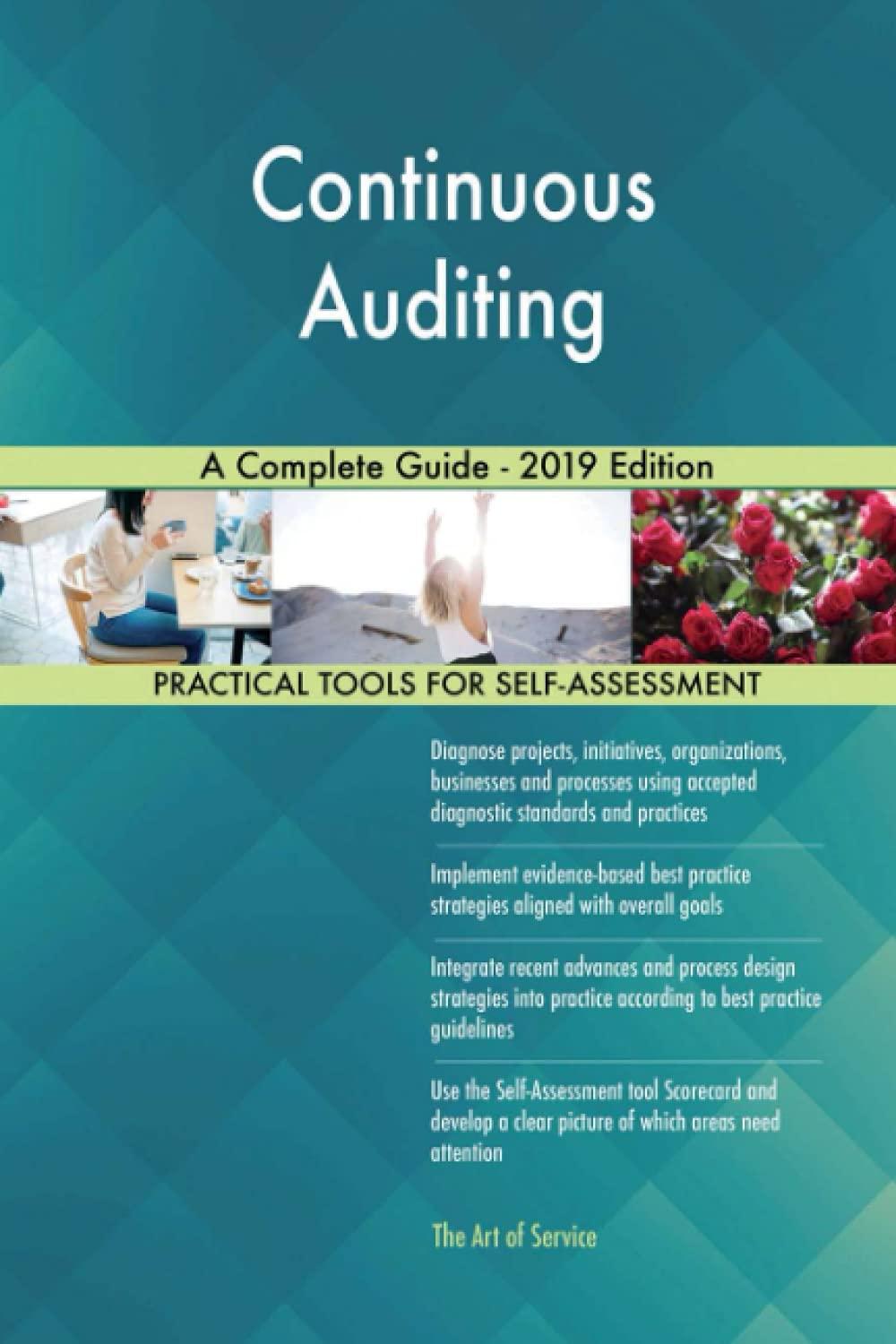21.3 Changes in Accounting Estimates 9) Which of the following is not an estimate that might be revised as a natural part of the accounting process? A) salary expense B) bad debt expense C) depreciation expense D) pensions 10) Judgments are important in determining which type of estimates used by accountants? A) bad debt expense B) earnings per share C) net income D) computation of gains and losses 21.4 Changes in Accounting Reporting Entity 11) Which one of the following is not a change in a reporting entity? B) presenting a consolidated statement for the first time C) changing the specific subsidiaries that make up the group of entities presented in the financial statements A) the purchase of a new subsidiary D) changing the entities in combined financial statements 12) When a firm has a change in reporting entity, it must disclose A) the individual financial statements for each component entity B) the effect of the change on net income and EPS for each year presented C) the reasons that the company chose to purchase a new business unit D) the reasons for the lack of comparability to prior financial statements 21.5 Errors and Error Analysis 13) A self-correcting error must self-correct within two years. 14) A material error is one that, if not corrected, it would impact a user's decisions: 15) Firms account for material error corrections A) with the retrospective method B) using the prospective method D) only when both the income statement and balance sheet are affected C) only after they self correct 21.3 Changes in Accounting Estimates 9) Which of the following is not an estimate that might be revised as a natural part of the accounting process? A) salary expense B) bad debt expense C) depreciation expense D) pensions 10) Judgments are important in determining which type of estimates used by accountants? A) bad debt expense B) earnings per share C) net income D) computation of gains and losses 21.4 Changes in Accounting Reporting Entity 11) Which one of the following is not a change in a reporting entity? B) presenting a consolidated statement for the first time C) changing the specific subsidiaries that make up the group of entities presented in the financial statements A) the purchase of a new subsidiary D) changing the entities in combined financial statements 12) When a firm has a change in reporting entity, it must disclose A) the individual financial statements for each component entity B) the effect of the change on net income and EPS for each year presented C) the reasons that the company chose to purchase a new business unit D) the reasons for the lack of comparability to prior financial statements 21.5 Errors and Error Analysis 13) A self-correcting error must self-correct within two years. 14) A material error is one that, if not corrected, it would impact a user's decisions: 15) Firms account for material error corrections A) with the retrospective method B) using the prospective method D) only when both the income statement and balance sheet are affected C) only after they self correct







